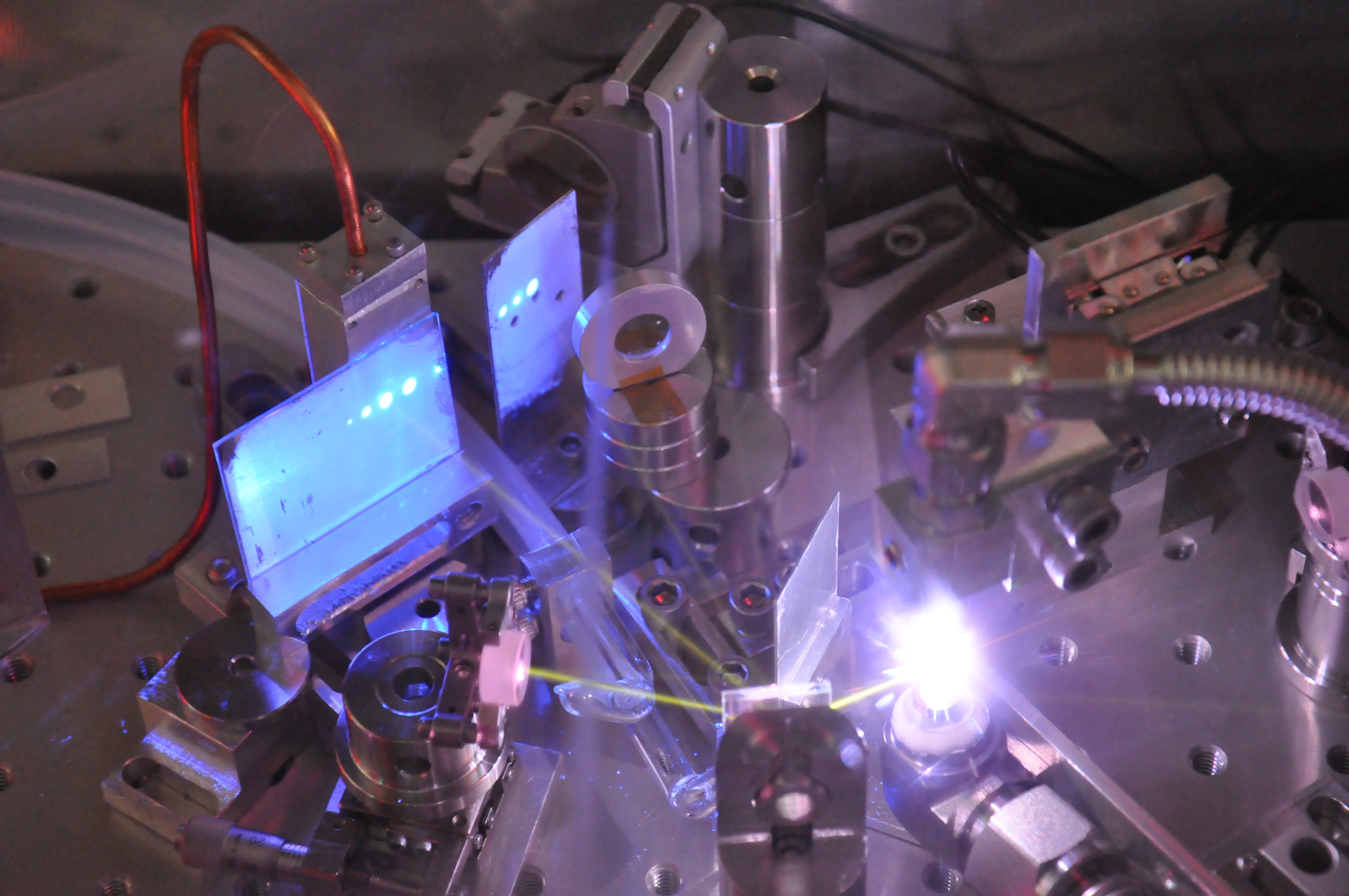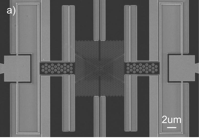This research theme encompasses fundamental quantum computing theory and the quantum hardware layer.
UBC has an exceptional record in quantum computing theory, and this is important because ultimately, breakthrough theory is a driver of quantum hardware strategies and, indeed the attendant engineering and algorithmic layers.
There are roughly 20 “bets” being made on different types of Qubit hardware. Our choice, at UBC, is to focus on three distinct hardware strategies; these strategies have a common aim to replace noisy superconducting quantum bits with highly coherent ones that can be very accurately manipulated, since that is essential to building scalable and practical quantum computers:
- deep donor qubits with silicon photonics, a $19M joint SFU-UBC project “Silicon Quantum Leap (SiQL)”;
- hole spin qubits in silicon for quantum computers and quantum simulators; and
- topological qubits using Majorana particles; UBC is a collaborator on this Microsoft effort.

